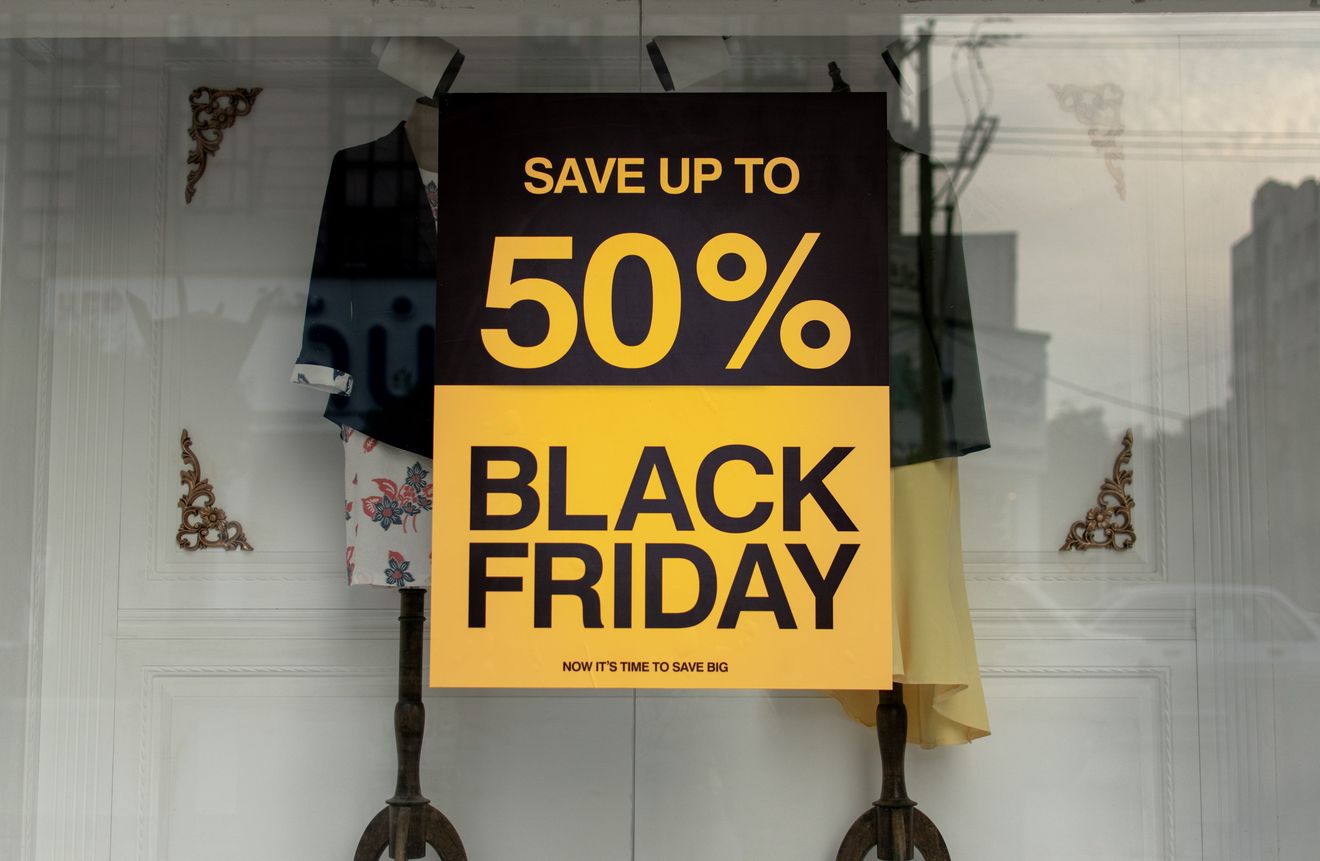Black Friday: The View From Here
Ah, Black Friday. A highly exciting day for shoppers. A far more stressful event for retailers and eCommerce businesses. Tis the season for higher levels of activity in online marketing, seasonal offers and online shopping. So, is this year any different, and what do we think is going to happen?
At Webselect, we have been reflecting on the preparations this year for Black Friday and Cyber Monday (BFCM) and the Christmas ramp up for online sales and ecommerce. But how will the current economic crisis impact arguably the most important period in a retailer’s calendar? It is certainly a challenging time. High inflation, the Bank of England forecasting a deep recession, fuel prices, risk of seasonal epidemic… the list goes on. We are all aware of the issues, many out of our control, but what can we do about this?
First of all, we can stay focused, positive and realistic. It's not all bad news, even before the pandemic years, online sales were trending up, with more people shopping online than in-stores. A whopping 142.2 million shopped online, vs 124 million in-store according to the National Retail Federation.
What happened last year?
Last year’s results were disappointing for retailers, and Black Friday itself dropped by -14.3% in 2021, which was measured year-on-year against an incredibly hard-to-top 2020 at +38% ( IMRG Capgemini digital dashboard). With the high street opening, retailers struggled to see the same revenue in 2021 as in 2020. So, taking a look at the results from the previous year may shed some light on how Black Friday 2022 could pan out.
Black Friday 2021 can best be summarised with these key points:
● Sales campaigns moved earlier into the month of November
● Revenue dropped ~14% YoY overall; (although 2020 was a huge increase)
● Traffic dropped away, meaning there was competition for customers to even browse retailers’ sites in the first place
● Increase in ‘buy now pay later’ services and decrease in use of debit/credit card spend
The view of 2022 Q4 eCommerce:
- Peak Season is starting earlier and lasting longer. It seems the urgent rush for a 24 hour period of mad discounts has evolved, with longer periods of discounts starting earlier in November becoming more the norm. This is proving to be the case with many of our clients, and is evident from data collected for a number of years from IMRG. The benefits of extending the discount period over Black Friday/Cyber Monday is that this becomes easier for retailers to manage in terms of stock, shipping and utilising tools for nudge direct marketing. It also helps to manage shoppers’ expectations of discounts and stock levels.
- Reduction in discounts. During Cyber Week, the global average discount rate fell from *26% in 2020 to 24% in 2021. This trend is expected to continue in 2022.
- Change in payment options. For the first time, the share of online orders placed via credit card has declined. Customers instead opted for convenience, using financing tools like buy now, pay later (BNPL), with purchases made via BNPL increasing by *29%.
- Social commerce is becoming a hot topic the world over. Studies show that the US social commerce market skyrocketed by almost *38% to $26.77 billion in 2020 and is expected to reach $80 billion annually by 2025. Globally, 97% of Gen Z consumers use social media as their top source of shopping inspiration. We have looked into this further ourselves recently and wrote about it here.
There are several threats/opportunities posed to online retail sales in Q4 2022, with issues such as traffic being distracted by the World Cup; the cost of living crisis forcing consumers to spend less; strikes and impact to deliveries and postal system; and generally poor market performance so far this year. However, stay positive. If your brand is strong, you have well-targeted marketing and media campaigns that are backed up with a consistently performing, excellent ecommerce experience that is frictionless, a broad range of payment options and tools and is easy to navigate, you can help yourself.
Converting your traffic is where you can focus and have control in a world of issues out of your control. Once a user lands on your site, it's for you to then lose. A consistently solid shopping experience is the last and most important step in the chain.
Often at Webselect we see clients come to us with sites that have been bloated with lots of ‘quick fix’ plug-ins and integrations, many are generic and are full of redundant code you don't need and the effect is a slower and underperforming site. In addition, not having a video and Image management strategy impacts performance, a poor check out experience, and not being optimised for mobile (yes this is something we still encounter) can also impact your site. A good platform should have these 3rd party services as standard.
At this point in the year, we are waiting to see how this pre-Christmas period plays out, and have our fingers are crossed for everyone in the online retail space. We will be doing all we can to support our clients and guide them through this busy period. However, taking stock quickly and then planning early in Q1 2023 to spend appropriately on the things that matter, execute and sustain for next year will see the difference between thriving and surviving.

